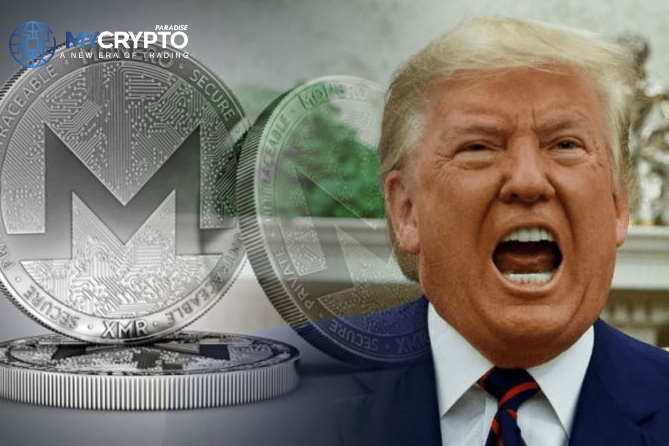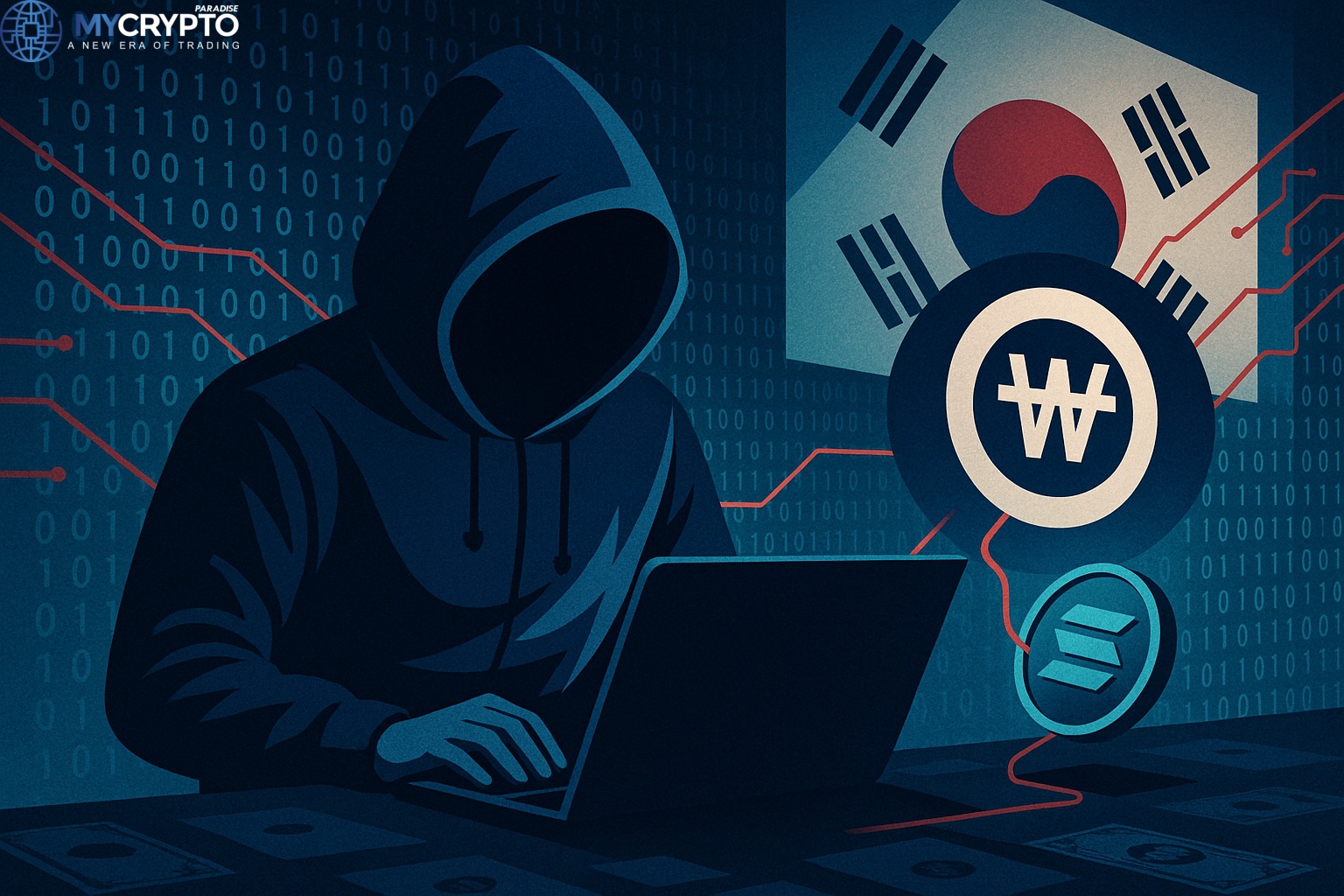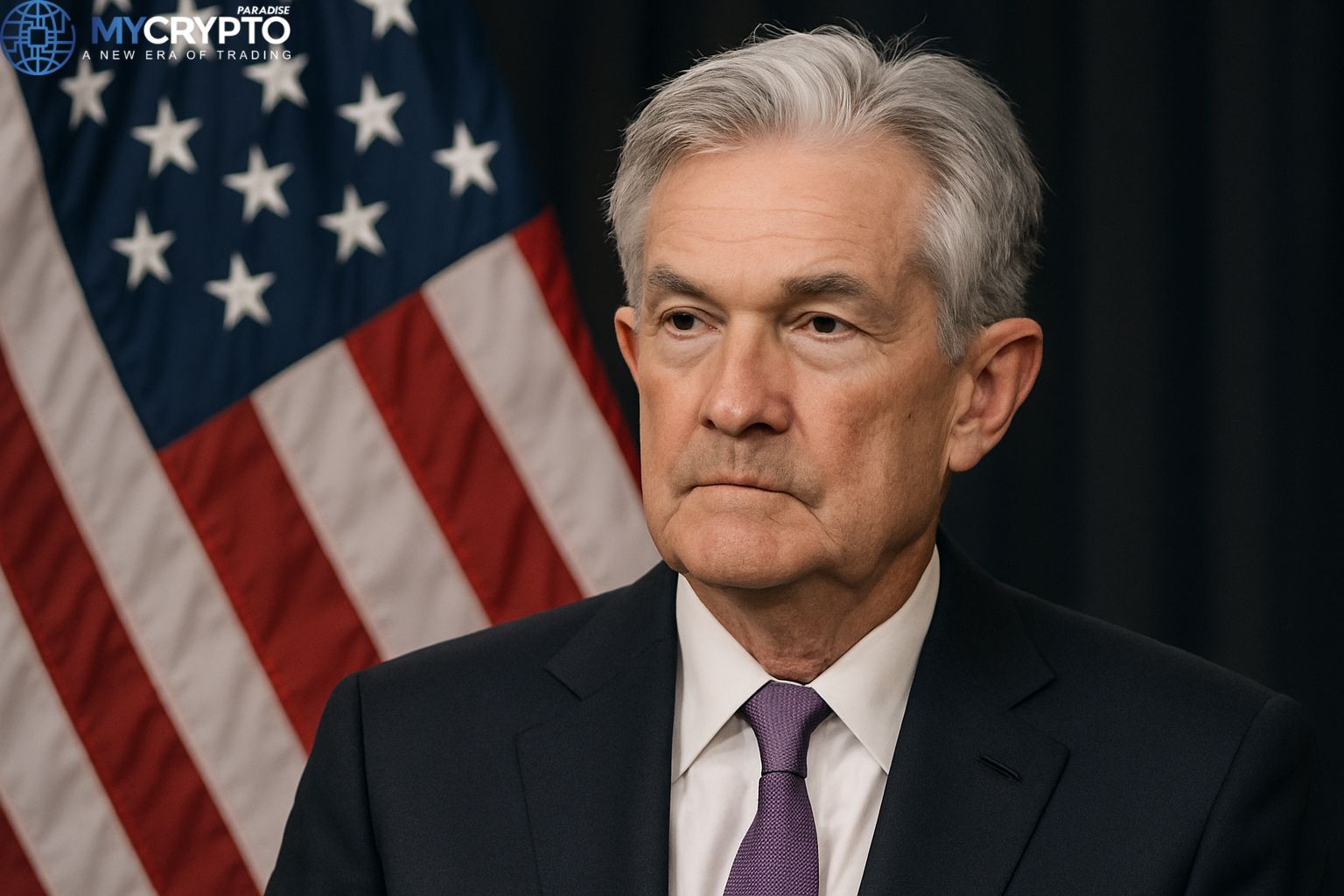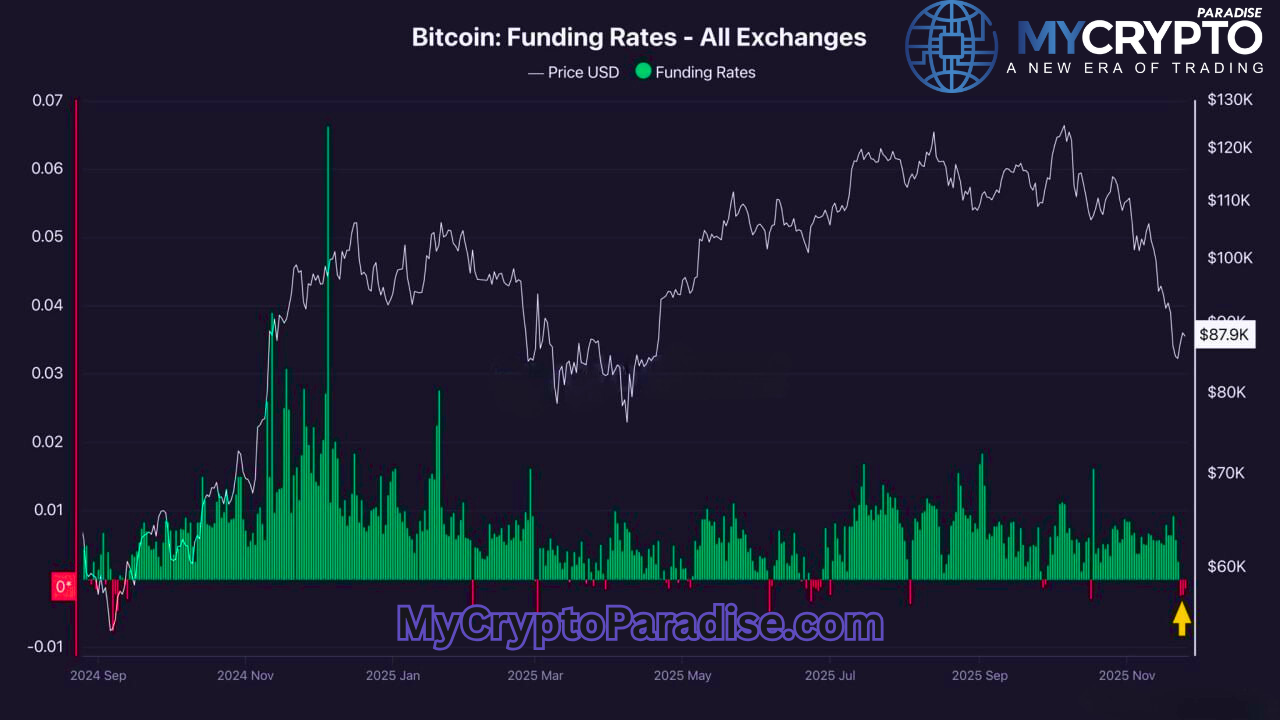Yesterday, around 7 p.m. Eastern Time, the Trump Campaign web Page quickly showed a message that read, “This site was seized.” The mainstream media has had enough consistent fake news allegedly spread by President Donald Trump. The campaign team of the president stated that no sensitive information was exposed in the attack.
The hack was first released by Gabriel Lorenzo Greschler, a renowned New York Times news writer who took and posted a screenshot that went viral on Twitter.
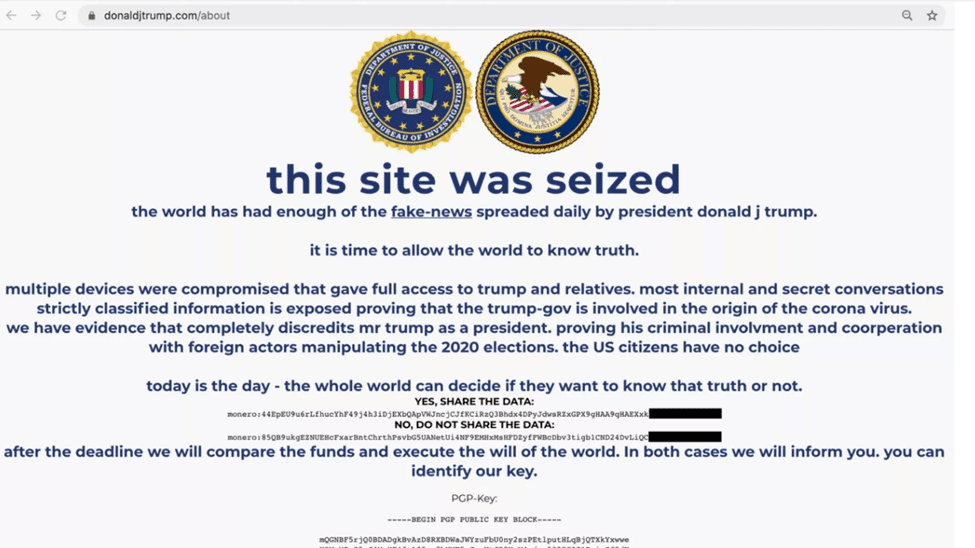
The programmers embedded copy seals from the Department of Justice and FBI to make it look authentic. Shortly after, the page’s message was reset. How the hackers figured out how to get to the site isn’t yet perceived. It is likely that the hackers are not native English-speakers, based on the suspect’s grammar.
They went on to say they had gotten their hands-on hacked computers that had data proving Trump’s government’s role in the breakout of the coronavirus. They added that to adjust the political decision course, he was spreading propaganda about his opponent.
Monero (XMR) crypto addresses were connected to the hackers’ message, requesting that clients vote on whether the information ought to be traded by depositing funds. They left the last message that read, “We will look at the assets and execute the desire of the world after the cutoff time,” We will get in touch with you in the two circumstances.”
The website’s hacking lasted for about half an hour, and access to the site was limited during this time. Taking into account that the US official races are nearing and law enforcement in the US is on a high already, this attack is seemingly the most frightening so far this year.
This year, crypto-related assaults against high-profile individuals have been growing. On July 15, the most notable one was that of many Twitter personalities. Several others have since been published, most notably the crypto scam on India’s Prime Minister Narendra Modi’s personal website. President Ivan Duque of Colombia’s name was also used in early September to spread a Bitcoin-related fraud.
